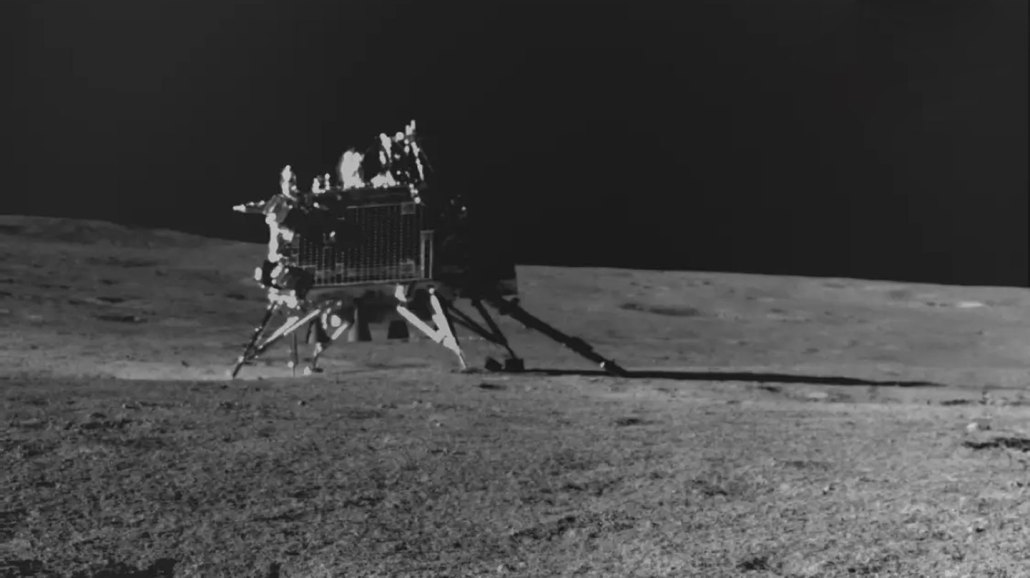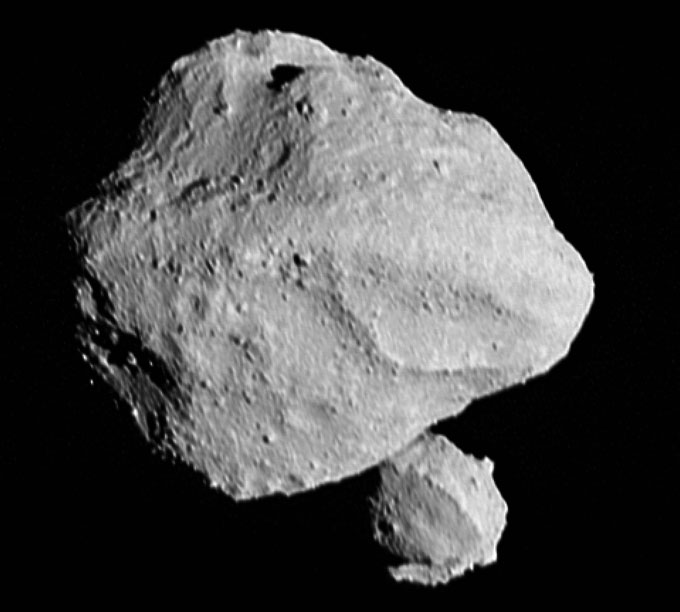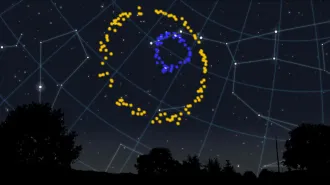In 2023, space missions explored the moon, asteroids and more
This year’s highlights include India’s first successful lunar landing

In August, the Pragyan rover, part of India’s Chandrayaan-3 mission to the moon, captured this image of the Vikram lander on the lunar surface.
ISRO
To the moon, asteroids and beyond, robotic explorers racked up the mileage in 2023. Here’s the latest status of space missions that made headlines this year.
Jupiter Icy Moons Explorer
April 14: The European Space Agency launched the Juice mission.
Update: There’s not much progress to report yet; it will take about eight years for the Jupiter Icy Moons Explorer, or Juice, to reach its destination. But once there, the spacecraft will fly by the Jovian moons Callisto, Europe and Ganymede numerous times before settling into orbit around Ganymede. Closely scrutinizing these moons will help verify whether they host liquid oceans beneath their icy outer shells and gauge whether these underground seas could host life.
Euclid space telescope
July 1: The ESA launched the Euclid space telescope.
Update: Euclid’s aim is to create a 3-D map of the universe to help astronomers better understand dark matter, the mysterious substance that accounts for most matter in the universe, and dark energy, the unknown force that’s accelerating the universe’s expansion. In November, the telescope showed off what it’s capable of when it sent back its first full-color images, dazzling beauty shots of far-off galaxies.

Chandrayaan-3
August 23: India became only the fourth country to successfully land on the moon when the Chandrayaan-3 mission’s Vikram lander touched down near the lunar south pole, the first spacecraft to do so (SN: 9/23/23, p. 7).
Update: High on the mission’s to-do list was testing the capabilities of the lander and its rover, named Pragyan, to prep for future lunar missions. The duo also collected measurements, such as the temperature and chemical makeup of the surface. The data could prove useful to space agencies like NASA that intend to send astronauts to the south pole, a tantalizing region that appears to harbor water ice in shadowed craters (SN: 12/3/22, p. 14). The mission ended in early September when Vikram and Pragyan entered sleep mode.
OSIRIS-REx
September 24: After collecting rock from the asteroid Bennu in October 2020, NASA’s OSIRIS-REx spacecraft flew by Earth to drop off its precious cargo (SN: 9/22/23).
Update: About 250 grams of Bennu safely parachuted to Earth in a protective capsule. So far, scientists have analyzed some bonus material that stuck to the outside of OSIRIS-REx’s sample canister before the outer capsule closed. These bits of Bennu mostly consist of water-bearing clay minerals — perhaps the same kind of minerals that made Earth a watery world (SN: 11/4/23, p. 6). As of early December, investigations of the bulk of the sample hadn’t begun; NASA workers have been unable to remove two of the fasteners that sealed the canister shut. Meanwhile, the mission continues under a new name, OSIRIS-APEX, as the spacecraft travels to the asteroid Apophis with an arrival date of 2029.

Psyche
October 13: NASA’s Psyche mission took off.
Update: The spacecraft has a long way to go before arriving at asteroid 16 Psyche in 2029. It’s worth the wait, though, because the mostly metal space rock may be the exposed core of an early planet that lost its outer layers (SN: 12/18/21 & 1/1/22, p. 34). Studying 16 Psyche could be the closest scientists get to directly examining a planet’s normally inaccessible heart.

Lucy
November 1: After two years in space, NASA’s Lucy spacecraft flew by its first asteroid.
Update: Lucy’s goal was to have close encounters with 10 asteroids over a roughly 10-year period. But it turns out that its first target, called Dinkinesh, is actually two asteroids — a large one with a smaller one in orbit around it. Dinkinesh and its tagalong reside in the main asteroid belt, between Mars and Jupiter. But most of Lucy’s targets are Trojan asteroids, which share a path around the sun with Jupiter. Studying those space rocks could offer new clues to the origins of the giant planets in our solar system (SN: 10/15/21).








